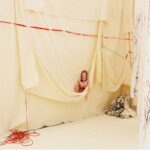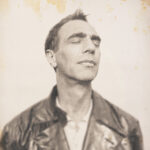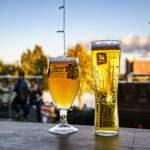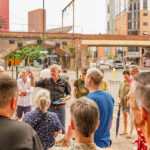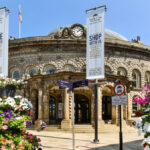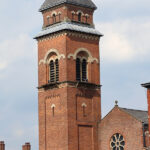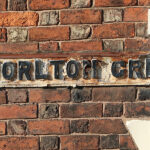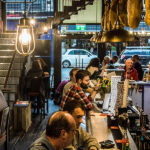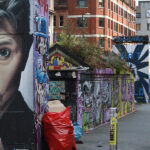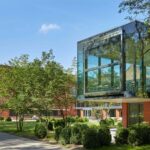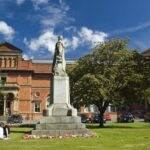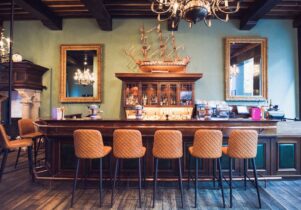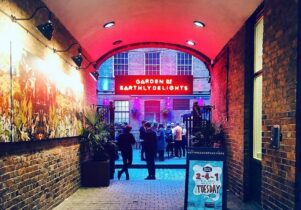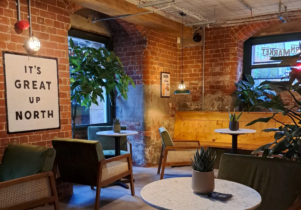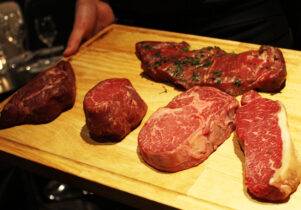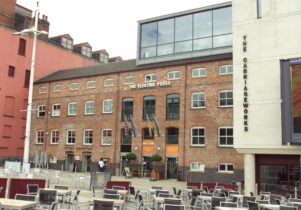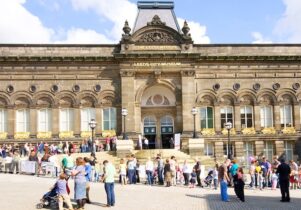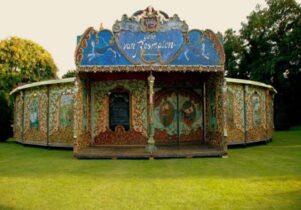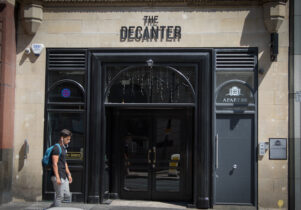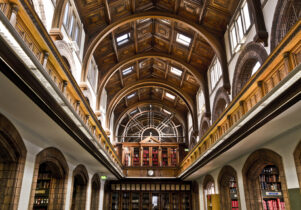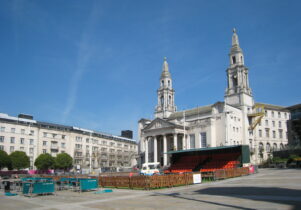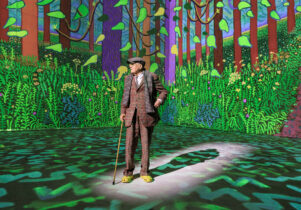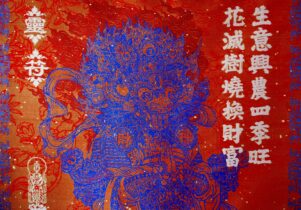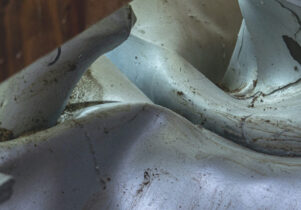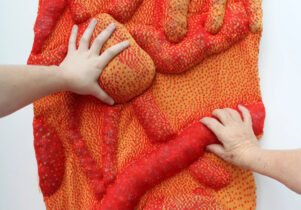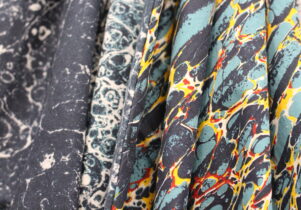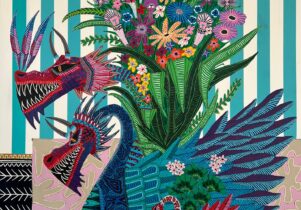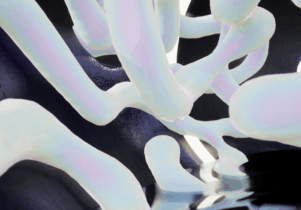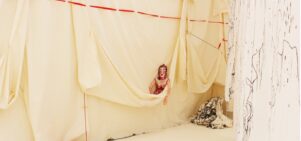Fragment and Form at the Henry Moore Institute
Maja Lorkowska, Exhibitions EditorVisit now
Fragment and Form: Emii Alrai, Mónica Mays, Dominique White
Always double check opening hours with the venue before making a special visit.

Three contemporary artists explore materiality in sculpture in Fragment and Form at the Henry Moore Institute in Leeds.
Emii Alrai, Mónica Mays and Dominique White have diverse artistic practices that are nevertheless all rooted in the manipulation of materials loaded with symbolic meanings and associated narratives. Their aesthetic shares similarities too, with minimalist objects and sharp shapes cutting through the open spaces of the gallery.
History and myth are recurring motifs in the show, as is the exploration of heritage and displacement. Let’s examine the three artists’ work to see how they intersect.
Emii Alrai’s background as a museum registrar is evident in her artistic interests. The installations are reminiscent of archaeological digs and remains of historical objects, inspired by the ancient mythologies of the Middle East and the artist’s own Iraqi heritage. She critiques the structures of Western museums while drawing on the aesthetics of the ruins that archaeological objects are often excavated from. Her work is usually instantly recognisable by the common use of patina, in beautiful teal and brown hues.
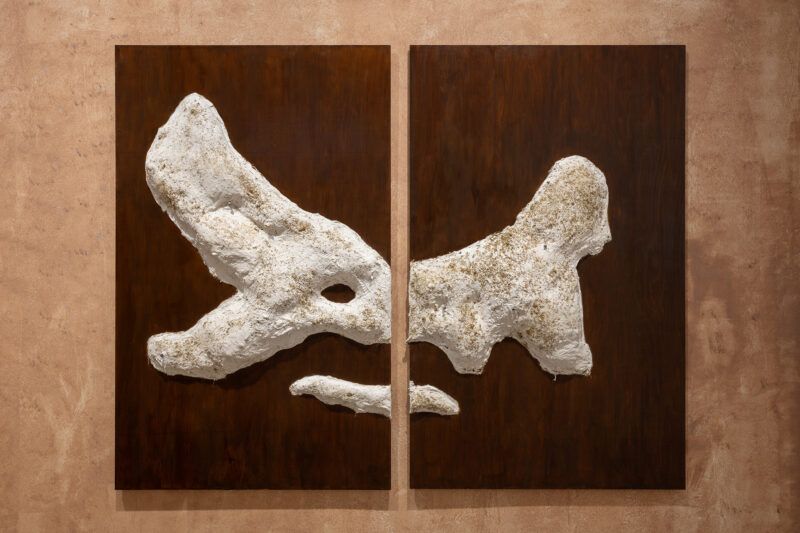
Mónica Mays is an Amsterdam-based artist whose practice combines autobiography and historical archive. Disquieting and taking inspiration from Catholic body horror and baroque iconography, her work deals with excess and ornamentation, although visually it remains pared back and ambiguous. Often using wooden furniture in combination with things like wax and canvas, viewers will encounter shrouded shapes resembling the human form or its elements.
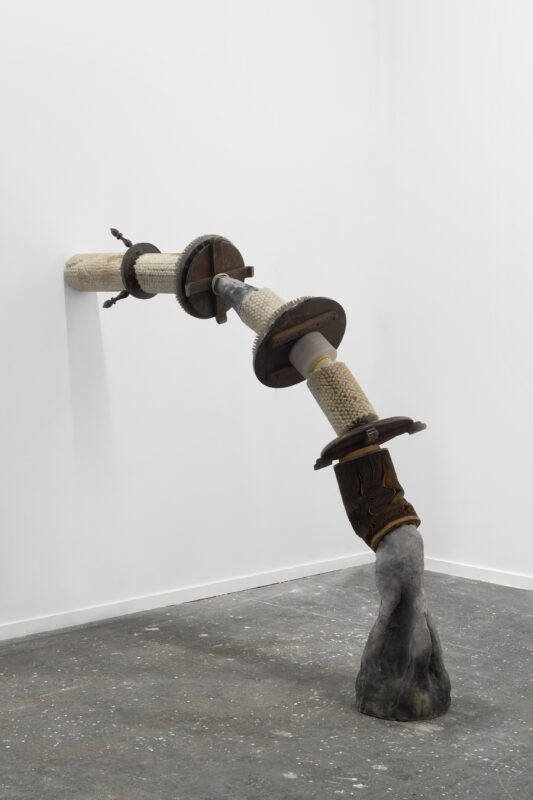
Dominique White works between Marseille and Essex and has a very particular interest in the ocean and the philosophies of Afrofuturism, Afro-pessimism and Hydrarchy. Through her works, she creates a Black future free from colonial and capitalist influence with buoys, sails and handwoven nets. For White, the sea’s transformative and regenerative power acts as the perfect context for imagining a not-quite-utopian future but something else entirely.
Fragment and Form perfectly showcases the work of three artists whose works gain even more potency in dialogue with one another.

